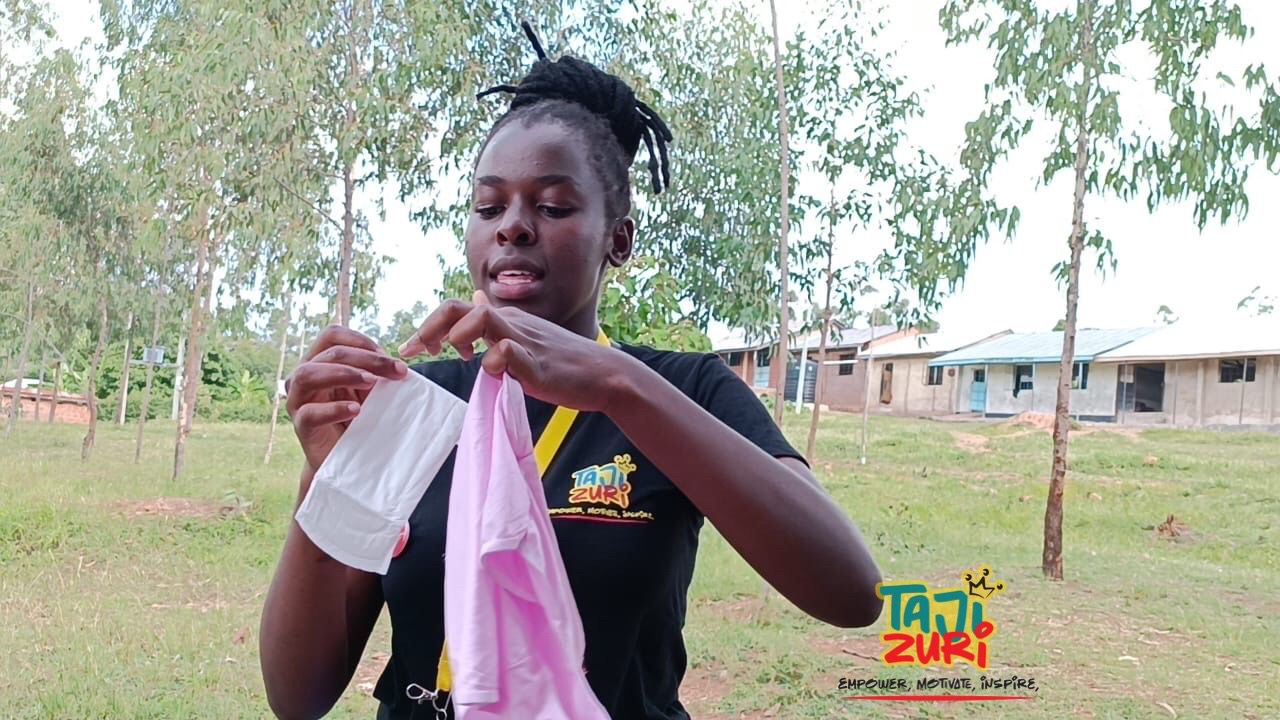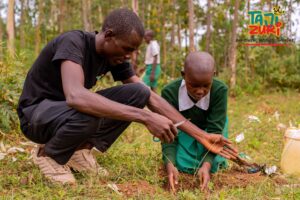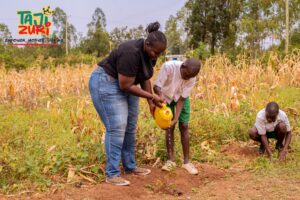Introduction
Sexual and reproductive health, as defined by the World Health Organization (WHO), is a state of complete physical, mental, and social well-being in all matters relating to the reproductive system. It implies that individuals have the right to a satisfying and safe sex life, the capability to reproduce, and the freedom to decide if, when, and how often to do so. Essential sexual and reproductive health (SRH) services include family planning, maternal and newborn care, prevention and treatment of sexually transmitted infections (STIs), and access to safe abortion services (where legal).
Despite their importance, these services remain out of reach for many individuals due to various barriers. This article explores these barriers from a global, regional, national, and county-level perspective, with a focus on Homabay County, Kenya.
Global Perspective on Barriers to Accessing Sexual and Reproductive Health Services
Globally, several barriers hinder access to sexual and reproductive health (SRH) services. These include:
Cultural and Religious Beliefs: In many societies, conservative norms and beliefs discourage open discussion about sexuality, limiting access especially for young people.
Lack of Information: Many individuals lack accurate information on available SRH services.
Gender Inequality: Women and girls, especially in patriarchal societies, often lack autonomy to make health decisions.
Poverty: Financial constraints prevent many from accessing quality sexual and reproductive health services. (SRH)
Inadequate Health Infrastructure: In low-income countries, health facilities may lack well trained personnel, essential equipment, and medicine.
Regional Perspective: Africa / East Africa
In Africa, and more specifically in East Africa, barriers to sexual and reproductive health (SRH) are more pronounced due to socioeconomic and infrastructural challenges:
Youth Unfriendliness of Health Services: Adolescents often avoid health facilities due to stigma and judgmental attitudes from providers.
Early Marriages and Teenage Pregnancies: Cultural practices such as child marriage limit access to sexual and reproductive health (SRH) services.
Limited Government Funding: Health budgets often prioritize curative over preventive and reproductive services.
Rural-Urban Divide: Rural areas, where a significant portion of the population resides, have limited access to SRH facilities.
National Perspective: Kenya
In Kenya, the Constitution guarantees the right to the highest attainable standard of health, including reproductive health. However, several obstacles persist:
Stigma and Discrimination: Young people and unmarried individuals face stigma when seeking sexual and reproductive health (SRH) services.
Shortage of Health Workers: Many public health facilities are understaffed due to lack of enough funds to pay them, especially in remote areas.
Stockouts of Sexual and Reproductive health (SRH) Commodities: Contraceptives and essential medicines are often out of stock.
Legal Restrictions: While abortion is permitted under specific conditions, lack of clarity in the law restricts access to safe services.
County Perspective: Homabay
Homabay County is among the counties in Kenya with high rates of teenage pregnancies, HIV prevalence, and maternal deaths. Key barriers to Sexual and Reproductive Health (SRH) services in the county include:
Poor Access to Health Facilities: Many residents live far from health centers and cannot afford transportation to the health facilities hence leading to coma or maternal death.
Cultural Beliefs and Myths: Misconceptions about contraceptives and reproductive health persist.
Low Education Levels: Many people lack knowledge about their reproductive rights and available services.
Gender-Based Violence: Women experiencing violence often do not seek health care due to fear and stigma.
Recommendations to Curb the Barriers
To improve access to Sexual and Reproductive Health (SRH) services, the following measures should be considered:
- Comprehensive Sexuality Education: Schools and community programs should provide accurate, age-appropriate information.
- Youth-Friendly Services: Health facilities should be equipped and staffed to serve young people with dignity and confidentiality.
- Policy Enforcement and Funding: Governments must allocate adequate resources and implement SRH policies effectively.
- Community Engagement: Involving religious and cultural leaders can help shift harmful beliefs and norms.
- Infrastructure Development: Improving health facility coverage, especially in rural and remote areas like Homabay.
- Training Health Workers: Continuous training to promote non-judgmental, rights-based care is essential.
Conclusion
Access to essential sexual and reproductive health services is a fundamental human right that significantly influences individual well-being, public health, and sustainable development. Despite international and national commitments, various social, economic, cultural, and systemic barriers continue to hinder access—especially for women, youth, and marginalized groups. From global inequalities to local challenges in counties like Homabay, addressing these barriers requires a multi-sectoral approach that combines policy reform, education, health system strengthening, and community engagement. By prioritizing sexual and reproductive health, societies can empower individuals, reduce maternal and child mortality, prevent unwanted pregnancies, and create healthier, more equitable communities.




